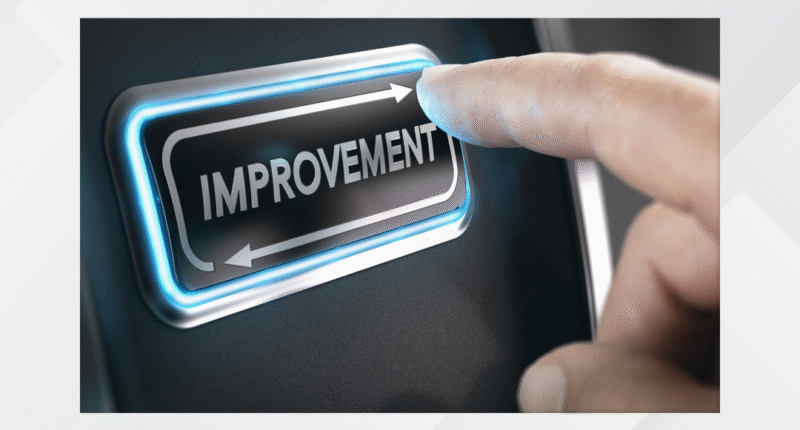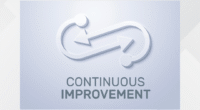In modern manufacturing, continuous improvement is crucial for maintaining competitiveness, efficiency, and product quality. Kaizen, a Japanese philosophy meaning “change for the better,” provides a structured approach to achieving these goals. By focusing on small, incremental improvements, Kaizen enables manufacturing teams to optimize processes, reduce waste, and foster a culture of innovation.
Understanding Kaizen in Manufacturing
Kaizen in manufacturing emphasizes ongoing, incremental enhancements rather than radical changes. It involves everyone in the organization—from operators to managers—in identifying inefficiencies and implementing solutions. By applying Kaizen principles, manufacturers can achieve higher productivity, improved quality, and greater operational efficiency.
Core Principles of Kaizen
1. Continuous Improvement
The foundation of Kaizen is continuous improvement, which encourages manufacturers to constantly seek ways to enhance processes, reduce errors, and eliminate bottlenecks. Even small changes, when implemented consistently, can lead to significant gains over time.
2. Employee Involvement
Kaizen relies on active participation from employees at all levels. Operators, supervisors, and engineers work together to identify problems, suggest solutions, and implement improvements. Employee engagement not only generates innovative ideas but also fosters a sense of ownership and accountability.
3. Waste Elimination
One of the most critical aspects of Kaizen is reducing waste (muda) in production. Waste can take many forms, including excess inventory, unnecessary motion, defects, overproduction, waiting times, and inefficient processes. By systematically identifying and eliminating waste, manufacturers can lower costs and improve efficiency.
4. Standardization
Once improvements are implemented, standardizing the new processes ensures consistency and prevents regression. Standardization creates clear procedures, enhances training for new employees, and maintains quality across production lines.
5. Quality Focus
Kaizen emphasizes quality at every stage of production. By addressing problems at the source and continuously improving processes, manufacturers can minimize defects, reduce rework, and ensure products meet or exceed customer expectations.
6. Data-Driven Decision Making
Effective Kaizen relies on data and performance metrics. Key performance indicators (KPIs) such as cycle time, defect rates, and equipment efficiency help manufacturers identify improvement areas and measure the impact of changes.
Implementing Kaizen Principles in Manufacturing
To successfully implement Kaizen principles, manufacturers should start with a process assessment, involve employees in improvement initiatives, and adopt tools like 5S, value stream mapping, and PDCA cycles. Leadership commitment, clear goals, and ongoing monitoring are essential to sustaining long-term improvement and embedding Kaizen into the company culture.
By understanding and applying the key principles of Kaizen, manufacturing organizations can create a culture of continuous improvement, efficiency, and quality excellence. This not only boosts productivity but also positions the business for long-term success in a competitive market.









